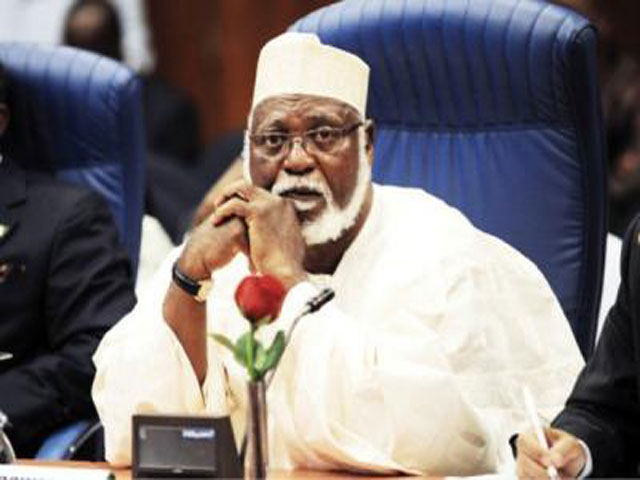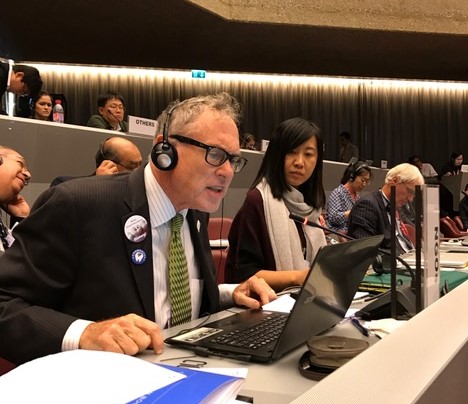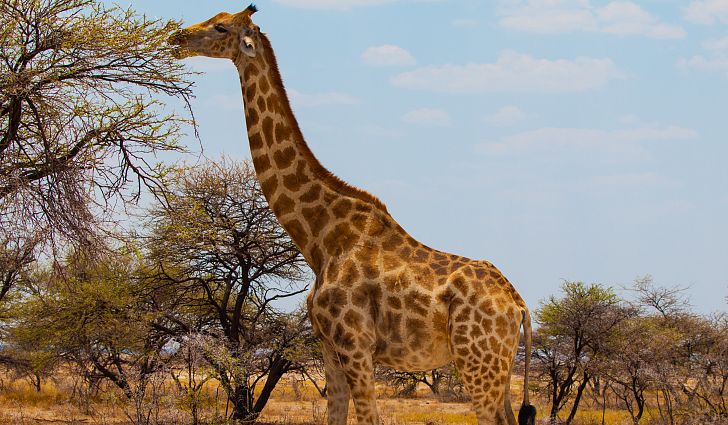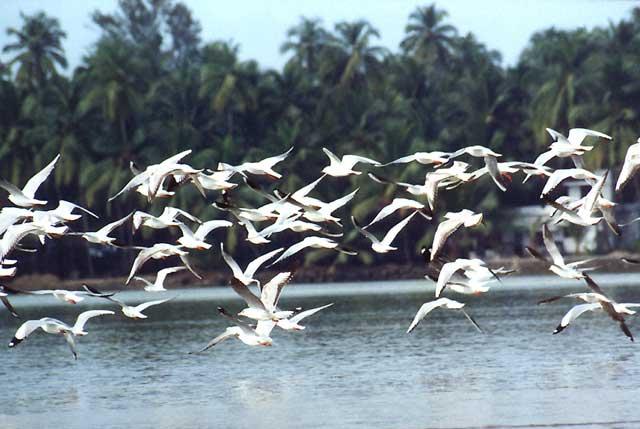Global efforts to combat tuberculosis (TB) have saved an estimated 53 million lives since 2000 and reduced the TB mortality rate by 37%, according to the “Global TB Report 2017”, released by the World Health Organisation (WHO) on Monday, October 30, 2017.
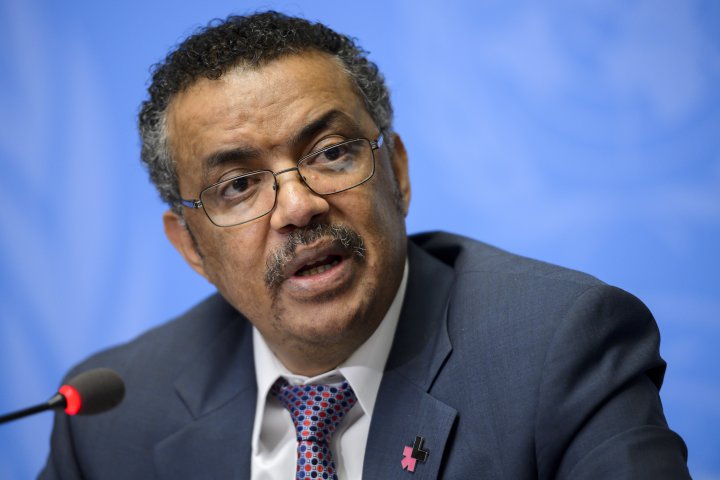
Despite these achievements, the latest picture is said to be grim. TB remains the top infectious killer in 2016. TB is also the main cause of deaths related to antimicrobial resistance and the leading killer of people with HIV. Progress in most countries is stalling and is not fast enough to reach global targets or close persistent gaps in TB care and prevention.
“While the world has committed to ending the TB epidemic by 2030, actions and investments don’t match the political rhetoric. We need a dynamic, global, multisectoral approach,” said Dr Tedros Adhanom Ghebreyesus, Director-General of WHO. “The good news is that we finally have two great opportunities to move forward: the first WHO Global Ministerial Conference to End TB in Moscow in 2017, followed by the first UN General Assembly High-Level Meeting on TB in 2018. These will build momentum, get different sectors engaged, and accelerate our efforts to make TB history.”
High global burden of disease and death in 2016
In 2016, there were an estimated 10.4 million new TB cases worldwide, 10% of which were people living with HIV. Seven countries accounted for 64% of the total burden, with India bearing the brunt, followed by Indonesia, China, Philippines, Pakistan, Nigeria and South Africa. An estimated 1.7 million people died from TB, including nearly 400 000 people who were co-infected with HIV. This is a drop by 4% compared to 2015.
Multidrug-resistant TB (MDR-TB) remains a public health crisis and a health security threat. WHO estimates that there were 600 000 new cases with resistance to rifampicin – the most effective first-line drug, of which 490 000 had MDR-TB. Almost half of these cases were in India, China and the Russian Federation.
“The sheer numbers of deaths and suffering speak for themselves – we are not accelerating fast enough,” said Dr Mario Raviglione, Director of the WHO Global TB Programme. “Prompt action towards universal health coverage and social protection, as well as breakthroughs in research and innovations – will be critical to enable access to patient-centered care of the highest standards for all, especially the poorest, most disadvantaged people everywhere.”
Persistent gaps in care and financing
Tackling the epidemic requires action to close gaps in care and financing. It also requires progress in a particular subset of high TB burden countries (1).
Underreporting and underdiagnosis of TB cases continues to be a challenge, especially in countries with large unregulated private sectors and weak health systems. Of the estimated 10.4 million new cases, only 6.3 million were detected and officially notified in 2016, leaving a gap of 4.1 million. India, Indonesia and Nigeria accounted for almost half of this global gap.
Only one in five MDR-TB cases were started on treatment. India and China accounted for 39% of the global gap. Treatment success remains low, at 54% globally.
Of the almost half a million reported cases of HIV-associated TB, 15% were not on antiretroviral therapy (ART) as recommended by WHO. Most of the gaps related to HIV-associated TB were in the WHO African Region.
TB preventive treatment is expanding in two priority risk groups – people living with HIV and children under five years. However, most people eligible for TB preventive treatment are not accessing it.
For TB care and prevention, investments in low- and middle-income countries fall almost $2.3 billion short of the $9.2 billion needed in 2017. In addition, at least an extra $1.2 billion per year is required to accelerate the development of new vaccines, diagnostics, and medicines.
“Shortfalls in TB funding are one of the main reasons why progress is not fast enough to be on track to reach the end TB targets,” said Dr Katherine Floyd, Coordinator of WHO’s Monitoring and Evaluation Unit at the Global TB Programme. “We have a double challenge. More domestic funding is needed in middle-income countries, and more international donor support is needed to support low-income countries”.
Political commitment and multisectoral action
Ending the TB epidemic requires action beyond the health sector to address the risk factors and determinants of the disease. For the first time the Global TB Reportpresents results from a new multisectoral monitoring framework that identifies linkages with the TB epidemic across seven Sustainable Development Goals (SDGs). Analysis of the latest status of the indicators for the 30 high TB burden countries show that most will be challenged to reach SDG targets.
In order to increase multisectoral action, plans to galvanise all sectors and secure attention at the highest levels have resulted in the WHO Global Ministerial Conference on Ending TB in the Sustainable Development Era, in Moscow, November 16 to 17, 2017. This will be followed by the very first UN General Assembly High-Level Meeting on TB in 2018, which will seek commitment from heads of state.


